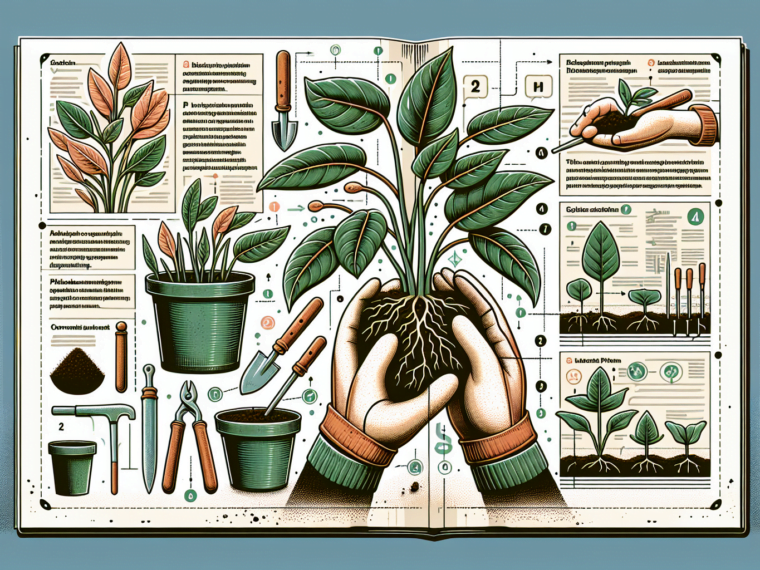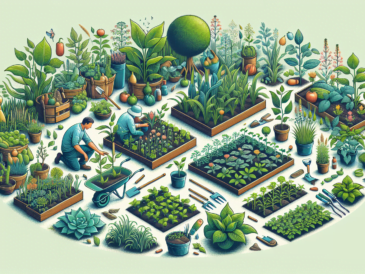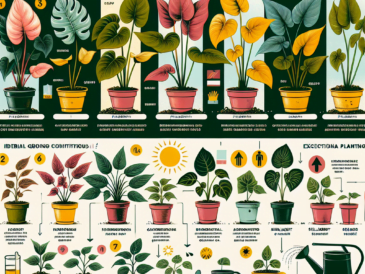Key points
• Choose the Right Environment: Philodendrons thrive in warm, humid conditions with indirect sunlight. They prefer temperatures between 60-75°F (16-24°C) and can benefit from regular misting to maintain humidity.
• Watering and Feeding: Allow the top inch of soil to dry out before watering. Overwatering can lead to root rot. Feed philodendrons with a balanced liquid fertilizer every 4-6 weeks during the growing season.
• Pruning and Repotting: Prune philodendrons to encourage bushier growth and remove any yellow or dead leaves. Repot every 2-3 years or when the plant becomes root-bound, using a pot only slightly larger than the previous one.
Overview of Philodendron Species
Digging into this vibrant group uncovers numerous species, each possessing traits adapting them perfectly to indoor life as houseplants. From the large split-leaf silhouette of Philodendron bipinnatifidum, known commonly as the lacy tree philodendron, to the heartening curves of Philodendron ‘Xanadu’, this family offers a plant for practically any home or office environment.
Importance and Popularity of Philodendrons in Horticulture
Their easy-going nature and air-purifying capabilities make philodendrons an undemanding companion for plant owners alike, from newbies to green-thumbed veterans. Their success lies in their flexibility; they can thrive despite occasional neglect, making them an excellent choice for every kind of indoor greenspace.
Getting Started with Philodendrons
Embarking on your very own philodendron journey begins with choosing the right varieties to cultivate. Let’s get you set on the right path!
Selection of Philodendron Varieties for Cultivation
Whether you’re drawn towards vining houseplants like the glamorously named Philodendron ‘Gold’, or climbing types that will scale moss poles with gusto, there’s a philodendron for you. Some might fancy hanging basket plants to add an aerial dynamic to their decor, while others might opt for robust specimen plants that command attention from the room’s corner.
Understanding the Natural Habitat of Philodendrons
To fully appreciate these plants, one must consider their origins. Hailing from rainforests where filtered light and moisture reign supreme, our responsibility is replicating these conditions as closely as we can in our homes or offices.
Basic Requirements for Growing Philodendrons
Giving your philodendron plants what they need isn’t rocket science. Just remember these basics and watch them flourish.
Light Requirements
Position ’em where bright yet indirect sunlight can grace their leaves. Too much direct light may cause leaf burn—think golden-yellow tips—not a pretty sight!
Temperature and Humidity Preferences
A cozy spot with stable warmth mimics their tropical origins—room temperature usually hits the sweet spot. Moisture-wise, think steamy! These plants love a bit of humidity in their lives but don’t sweat it—there’s always room for adjustment.
Soil Composition and Drainage Needs
Mix up a potting soil that’s got perks—aeration and drainage are key terms here! A concoction that swaps out regular dirt for airy options like peat, perlite, or coconut coir can do wonders. Remember: waterlogged roots are no-no; soggy bases are trouble fo’ sho’!



